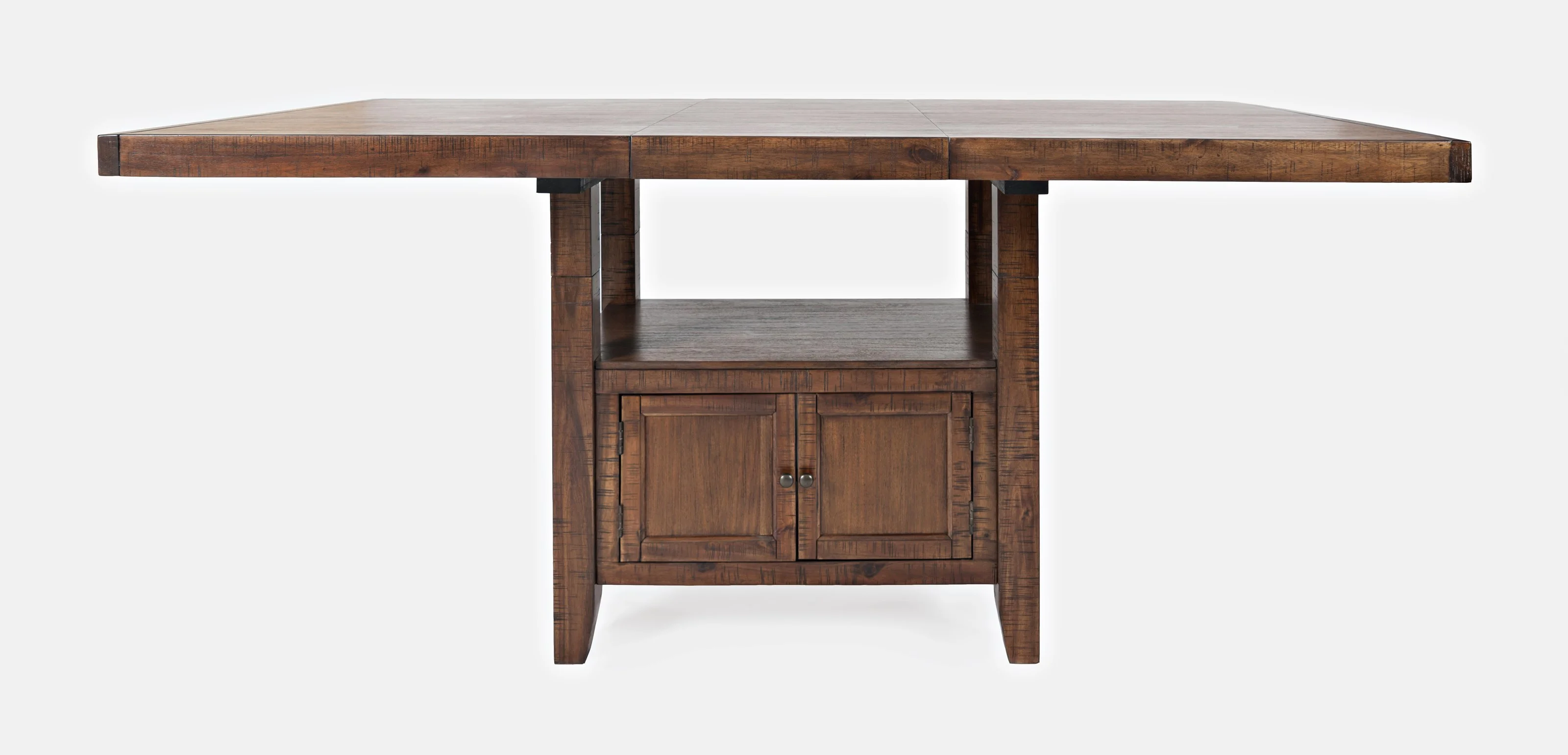Why Custom Dining Room Table Legs Are Worth the Investment
Why Custom Dining Room Table Legs Are Worth the Investment
Blog Article
Specialist Tips for Putting Up Dining Space Table Legs for Maximum Security
When it comes to setting up dining area table legs, accomplishing optimum stability is paramount for both capability and aesthetic appeals. What particular techniques can boost stability also further?
Choose the Right Legs
When picking the appropriate legs for your dining-room table, it is vital to consider both functionality and aesthetics. The legs you choose will considerably affect the general layout and stability of the table. First, evaluate the table's intended usage; if you anticipate frequent events, stronger legs, such as those made from solid wood or steel, might be preferable, as they supply increased durability and assistance.
Following, consider the height and style of the legs in relation to the table top. Conventional eating tables usually range from 28 to 30 inches in elevation, so guarantee the legs align with this criterion for comfort. The design of the legs must match the layout of the tabletop-- whether it be modern, rustic, or standard. For example, tapered legs can add a contemporary touch, while turned legs may share a much more timeless visual.

Select Appropriate Equipment
Just how can the best hardware boost the stability and long life of your dining space table? The selection of appropriate hardware is critical to making sure that the legs of your table are safely affixed and able to hold up against regular use. High-grade screws, bolts, and brackets provide the needed stamina to sustain the weight of the table, as well as any kind of added loads put upon it throughout gatherings or meals.
When picking screws, select those made from durable products such as stainless-steel or brass, which withstand deterioration and preserve integrity gradually. The length of the screws is just as crucial; they should pass through deeply right into the table's framework without jeopardizing stability. For bolted connections, consider using lock washers to avoid loosening due to vibration or movement.
Furthermore, making use of corner brackets can include extra assistance, particularly for bigger tables or those with heavier tops. These brackets disperse weight evenly and help keep the table's shape. Making sure that the equipment you choose is appropriate for the particular materials of your table will certainly further boost its overall stability and long life, permitting you to enjoy your eating experience for years ahead.
Ensure Proper Positioning
Appropriate placement of dining area table legs is vital for both visual appeal and functional stability. To accomplish optimum placement, begin by measuring the range from the table's edges to the leg add-on points.
Use a level throughout setup to verify that each leg is perpendicular to the table top. It is recommended to mark the preferred leg placements on the bottom of the helpful site table with a pencil or masking tape prior to securing them.
Additionally, ascertain the placement after the preliminary screws are tightened up, as adjustments may be necessary before completely securing the equipment. By prioritizing appropriate alignment, you not only enhance the table's total layout yet additionally guarantee that it stays useful and stable for many years to find.

Take Into Consideration Weight Distribution
After ensuring proper placement of the eating room table legs, it is essential to take into consideration weight circulation to improve security and functionality. dining room table legs. Appropriate weight circulation is critical in protecting against making certain and wobbling that the table can support its designated tons without danger of tipping or breaking down
When placing the legs, guarantee they are positioned at equivalent ranges from the center of the table to uniformly distribute the weight across the framework. Consider the weight of the table top and any items that will regularly hinge on it, such as attractive items or tabletop home appliances. Tables with larger surface areas ought to preferably have legs located closer to the edges, as this makes the most of the base of assistance and lessens the threat of instability.
Additionally, if the table is meant for use in a high-traffic location, think about utilizing much heavier products for the legs or adding supporting elements, such as cross-bracing or a reduced shelf - dining room table legs. These adjustments can assist preserve balance and avoid changing throughout use. Eventually, a well-considered weight distribution technique will significantly boost the table's overall performance, ensuring it continues to be a functional and appealing focal point for your dining space
Test Security Prior To Usage
Checking the stability of the dining area table before use is a vital action that must not be neglected. Making certain that the table is secure and secure can prevent mishaps and prolong the lifespan of the furniture. Begin by applying gentle pressure to numerous points on the table surface area. Press down on the facility and afterwards along the edges, moving or observing any kind of wobbling. If the table reveals instability, recognize the legs or joints that may need modification.
Next, inspect that all bolts and screws are tightened official source correctly. Loosened connections can cause instability and possible damages with time. If essential, use wood glue on joints to boost stability, making sure to permit adequate drying out time.

Conclusion
To conclude, the installation of dining-room table legs calls for mindful consideration of materials, weight, equipment, and positioning circulation to accomplish maximum stability. By selecting premium bolts and strong legs, guaranteeing exact alignment, and dispersing weight equally, the architectural honesty of the table can be dramatically boosted. Performing a stability examination prior to routine use even more guarantees that the table will certainly withstand daily stress, therefore offering a reputable and secure dining experience.
When it comes to installing eating space table legs, accomplishing maximum security is vital for both capability and looks. The legs you select will dramatically influence the total layout and security of the table (dining room table legs). Conventional eating tables normally vary from 28 to 30 inches in height, so make sure the legs straighten with this standard for convenience.Proper placement of dining room table legs is necessary for both aesthetic allure and useful security.In conclusion, the setup of eating room table legs requires careful factor to consider of materials, equipment, placement, and weight circulation to achieve maximum stability
Report this page